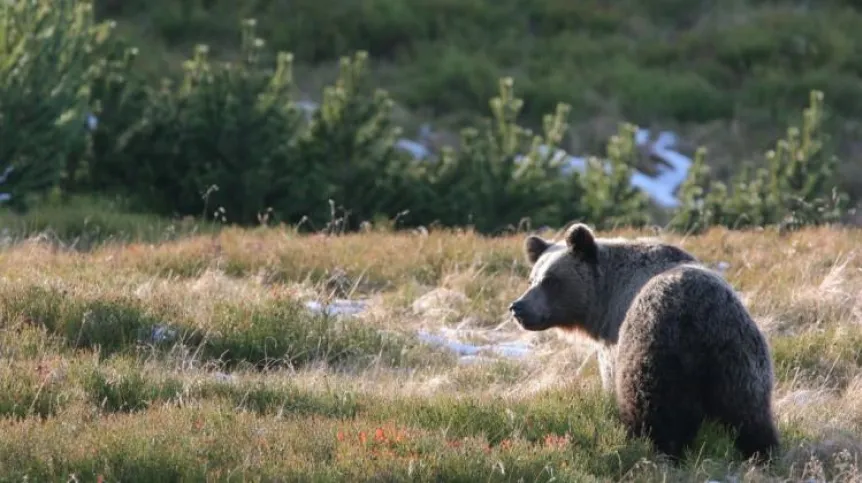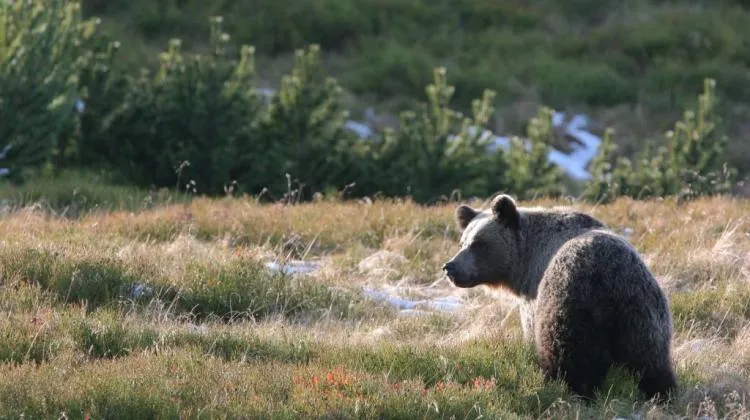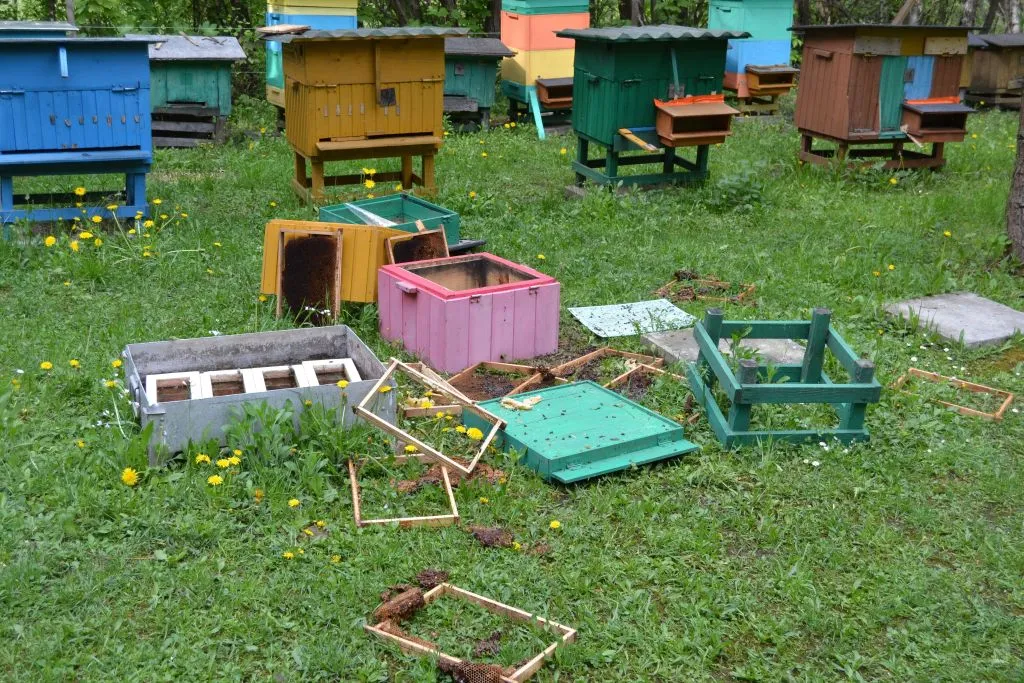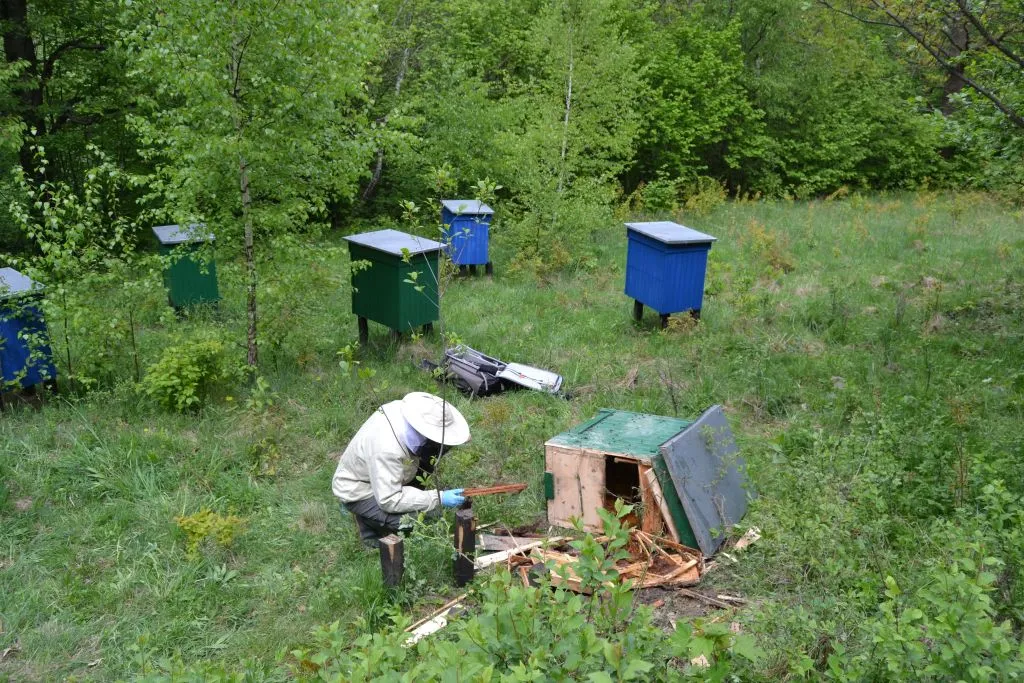
How are the countries of Europe dealing with the presence of wolves or bears and possible conflicts with cattle breeders? Is compensation enough to protect large predators? Scientists presented the results of analyses of this issue in "Biological Conservation".
Every year, European countries pay farmers almost 30 million euros to compensate for damages caused by large predators. This includes compensation for sheep killed by wolves, or for hives and bee families destroyed by bears. Rich countries pay the greater part of this amount; the majority of compensations result from grazing unprotected livestock, which is as much as 68 percent of the total cost. Norway pays the most, more than 12 million euros a year to compensate for predator attacks on freely grazing reindeer and sheep herds.
The subject of compensation for losses caused by large predators has been analysed by 22 European scientists who specialise in bears. The researchers evaluated loss compensation or damage prevention programs in 27 European countries; they also compared the factors affecting the costs of these programs. Their analyses are part of the Institute of Nature Conservation of the Polish Academy of Sciences project carried out in cooperation with the Doñana Biological Station (Spanish Research Council), financed by the National Science Centre. The results of the study were published in the journal Biological Conservation.
The analysis shows that the costs of compensation for damages caused by large predators differ significantly in individual European countries. For example, Norway, home to nearly 50 bears, pays EUR 45 thousand in compensations per year, while Croatia with a thousand bears pays EUR 9,000. In other words, the "cost" of a single bear is a thousand times higher in Norway than in Croatia. Where do these differences come from? The answer is prevention. In Norway, several million sheep graze on summer pastures virtually unattended. As a result, every year farmers receive compensation for several thousand killed sheep. In Croatia, the local community (mainly farmers) is involved in the management of the bear population and properly secures its inventory to prevent damage.
Compensation for damage is paid annually by most European countries, but only half of them regularly invest in preventive measures. Much of the money spent on prevention comes from countries where there is an increase in the numbers of reintroduced populations of large predators in areas where free grazing is practiced, such as France with the Pyrenean brown bear population.
"Over the centuries, farmers have persecuted large predators, leading to their extinction in the majority of their range" - says Carlos Bautista, the lead author of the study, quoted in the press release sent to PAP.
Currently, these species are legally protected and return to areas where proper damage prevention is no longer used. "A good example is France, where bears and lynx have been reintroduced, and wolves have re-colonized the Alps" - the expert adds.
The authorities must make every effort to adapt the breeding practices to the presence of large predators, and this costs money. In France, damage prevention costs can reach EUR 10 million per year and include payment of wages for shepherds and the purchase of shepherd dogs to defend herds of farm animals. "These costs may seem high, but they are almost insignificant if we compare them with the 7.5 billion euros that the European Union spends each year on payments to farms in France alone" - explains the main coordinator of the study, Nuria Selva from the Institute for Nature Conservation PAN in Kraków.
The study shows that the return of large predators does not always translate into greater damages and higher compensations. Large predators also spread to areas with low agricultural activity and large forest areas that provide them with natural food and shelter. "This is the case in Poland, where wolves have recolonised forests in the central and western parts of the country" - says Selva.
Poland pays EUR 239 per one wolf per year, making it the country with the second lowest compensation costs for wolves in Europe. "Another good example is Germany, where the competent institutions finance effective farm animal protection methods in areas reclaimed by wolves, keeping the damage low" - she adds.
According to a recent decision of the European Commission, farmers will be entitled to full compensation for all damages and other expenses related to the prevention of damage involving large carnivores.
"It would be wise to create a Europe-wide database of costs and compensation and damage prevention procedures in Europe to facilitate assessments similar to those presented in this study, which can play an important role in decision making and management" - suggests Eloy Revilla from the Biological Station Doñana-CSIC.
"A big and often overlooked problem is that the described efforts rarely change the attitude of farmers who are usually against the presence of large predators" - adds Bautista. - "If we are to encourage people to coexist with predators, the authorities should work on the social aspects of this conflict, which goes far beyond money".
zan/ kap/
tr. RL
Gallery (3 images)
-
 1/3Photo by Adam Wajrak
1/3Photo by Adam Wajrak -
 2/3Photo: Carpathian Brown Bear Project
2/3Photo: Carpathian Brown Bear Project -
 3/3Photo: Carpathian Brown Bear Project
3/3Photo: Carpathian Brown Bear Project













